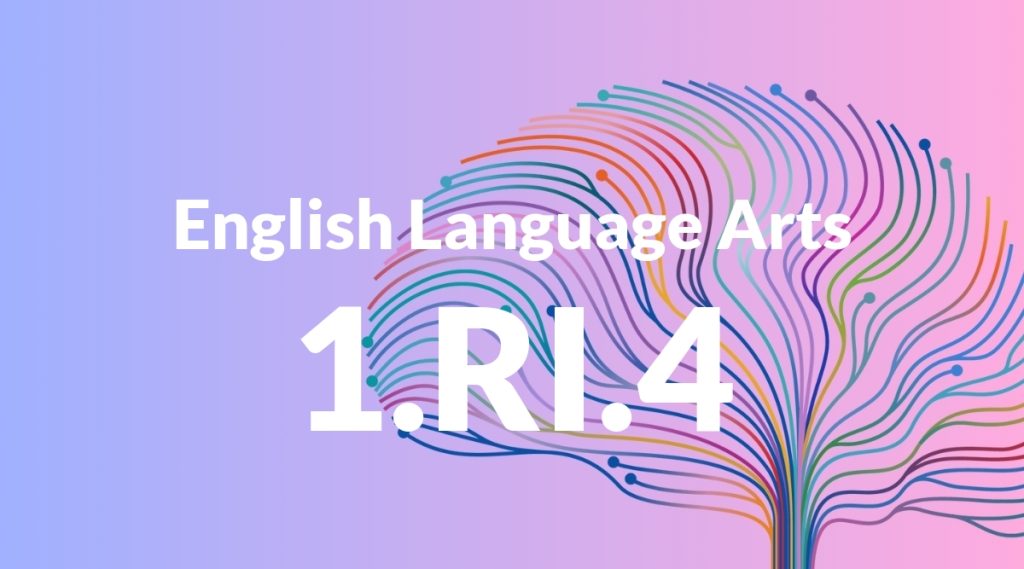Standard: 1.RI.4 – Ask and answer questions to help determine or clarify the meaning of words and phrases in a text.
Grade level: Grade 1
Subject: English Language Arts
Domain: Reading: Informational Text
Teacher Overview
This standard emphasizes the importance of asking and answering questions to understand words and phrases in a text. It is crucial for building foundational reading comprehension skills, as it encourages students to engage actively with the text and seek clarification when needed. Students should be able to recognize common words and understand simple sentences. They should also be comfortable asking and answering questions in everyday conversations.
After mastering this standard, students will be able to independently use various strategies, including context clues, to determine the meanings of unknown words, which will enhance their overall reading comprehension and vocabulary.
Common Misconception 1
Some students may think they should know the meaning of every word without seeking clarification. This misconception can hinder their learning as they might avoid asking questions and miss out on understanding the text fully.
Intervention 1
Create a classroom environment where asking questions is encouraged and model the process of asking questions about unfamiliar words during read-aloud sessions. Praise students when they ask questions to reinforce this behavior.
Common Misconception 2
Another common misconception is that context clues are not useful for understanding new words. Students may overlook the surrounding text that can provide hints about the meaning of an unfamiliar word.
Intervention 2
Use guided practice to show how context clues can help determine word meanings. Start with clear examples and gradually increase complexity, allowing students to practice with support before trying independently.
Prerequisite Knowledge
Students should have basic reading skills, including recognizing common words and understanding simple sentences. They should also be familiar with asking and answering questions in a conversational context.
Subsequent Knowledge
Students will develop the ability to independently use context clues and other strategies to determine the meaning of unknown words, enhancing their reading comprehension and vocabulary.
Instructional Activities
- Read a short informational text and have students highlight unfamiliar words, then discuss their meanings as a class.
- Create a word wall with new vocabulary words and their definitions discovered during reading sessions.
- Use graphic organizers to map out context clues and meanings of new words from a text.
- Play a game where students ask and answer questions about words and phrases from a text.




